Researchers have used hydroprinting – a new and versatile technique – to prepare conductive features on 3D objects.


Researchers have used hydroprinting – a new and versatile technique – to prepare conductive features on 3D objects.
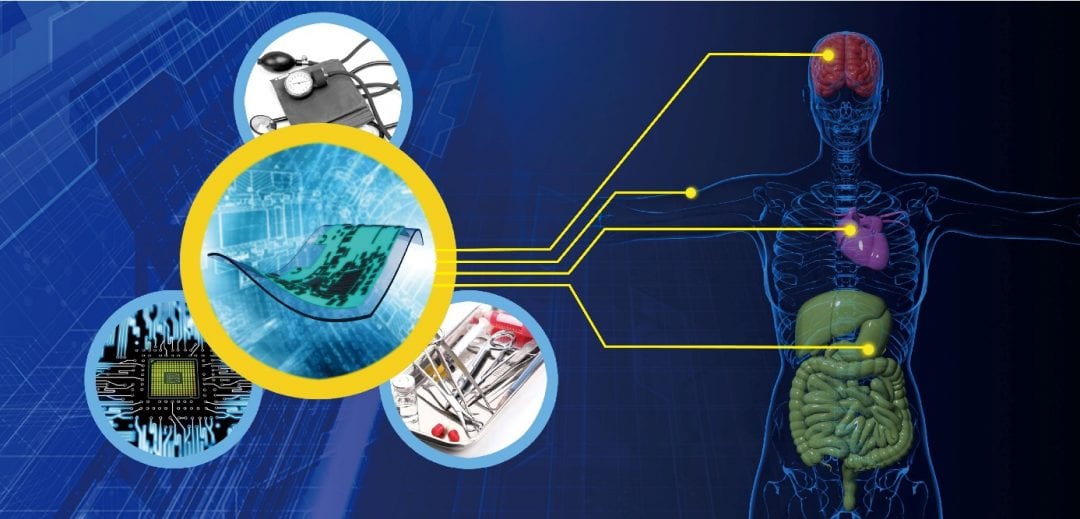
Overview of recent research progress in soft bioelectronic devices and systems used in healthcare

The neural survival mechanism that prioritizes water over food when the chips are down…

Many-body localized systems are central to the functioning of modern quantum computing devices. Yet, many-body localization is not completely understood.

This old dog has a new trick: an adapted lithography technique allows precise variation of the composition of 1D materials during fabrication.
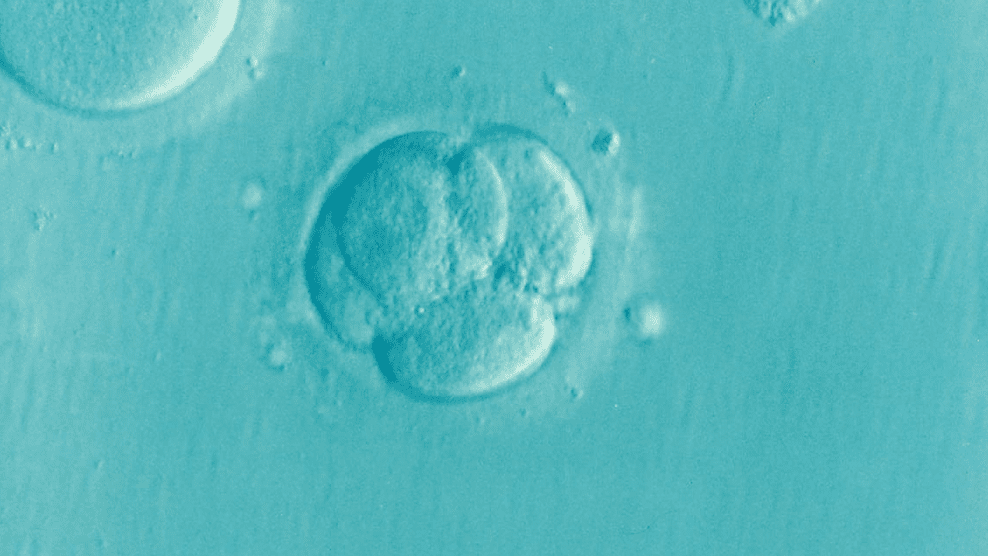
How developmental cues specify these distinct cell types in embryos and coordinate their patterning into functional tissues is one of the fundamental questions of developmental biology.
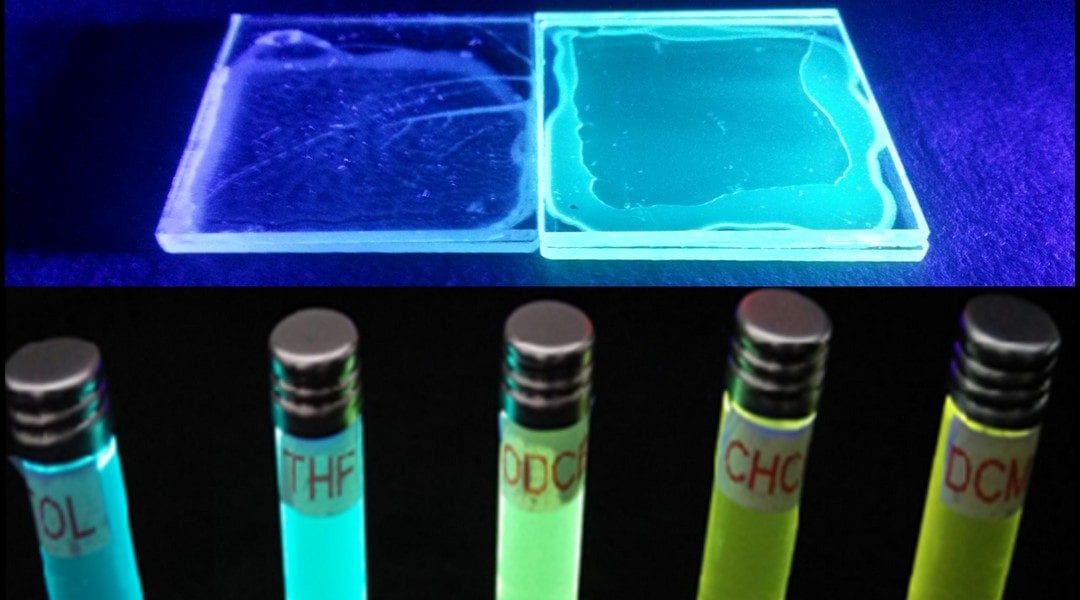
Thermally activated delayed fluorescence (TADF)-type compounds have potential to become high-efficiency-solid-state lighting technologies in the future.
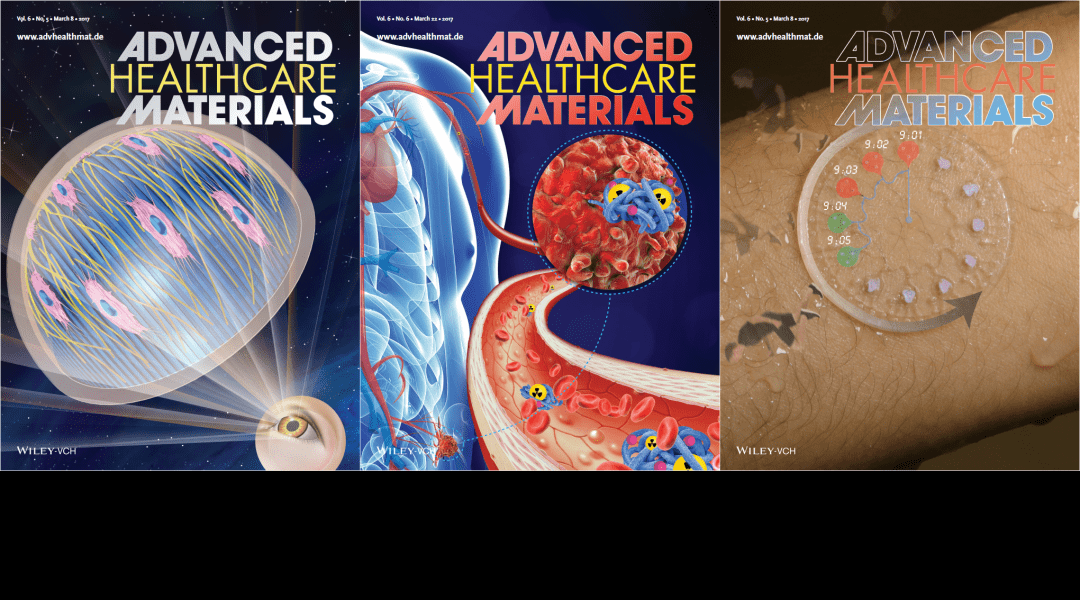
March’s Advanced Healthcare Materials covers
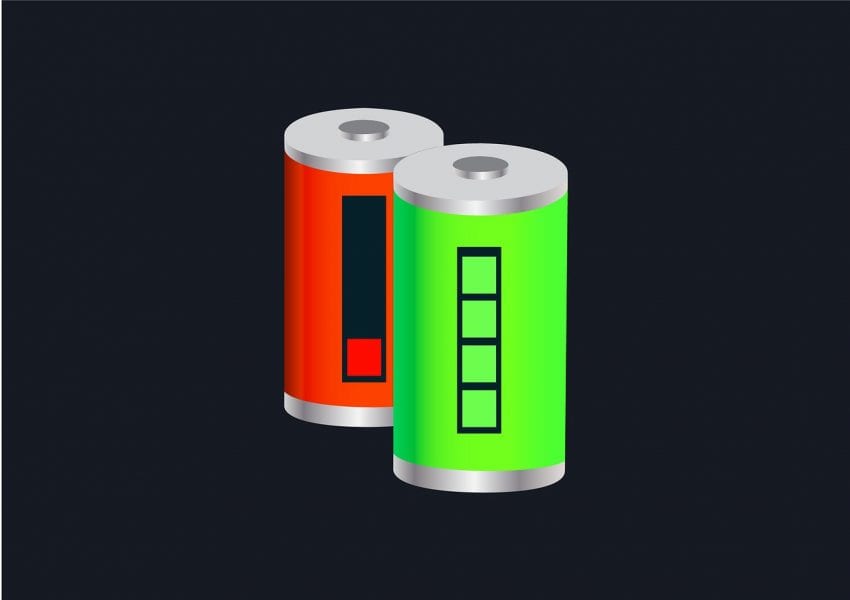
Quantum mechanical calculations uncover lithium-stable materials out of a variety of chemistry across the periodic table.
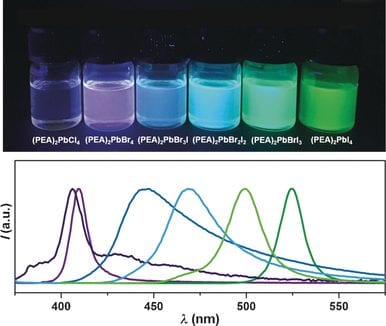
The synthesis of ultrathin 2D nanosheets (NSs) remains a significant challenge for perovskite materials. Now, researchers have demonstrated a facile crystallization method for the synthesis of free-standing 2D phenylethylammonium lead halide NSs.